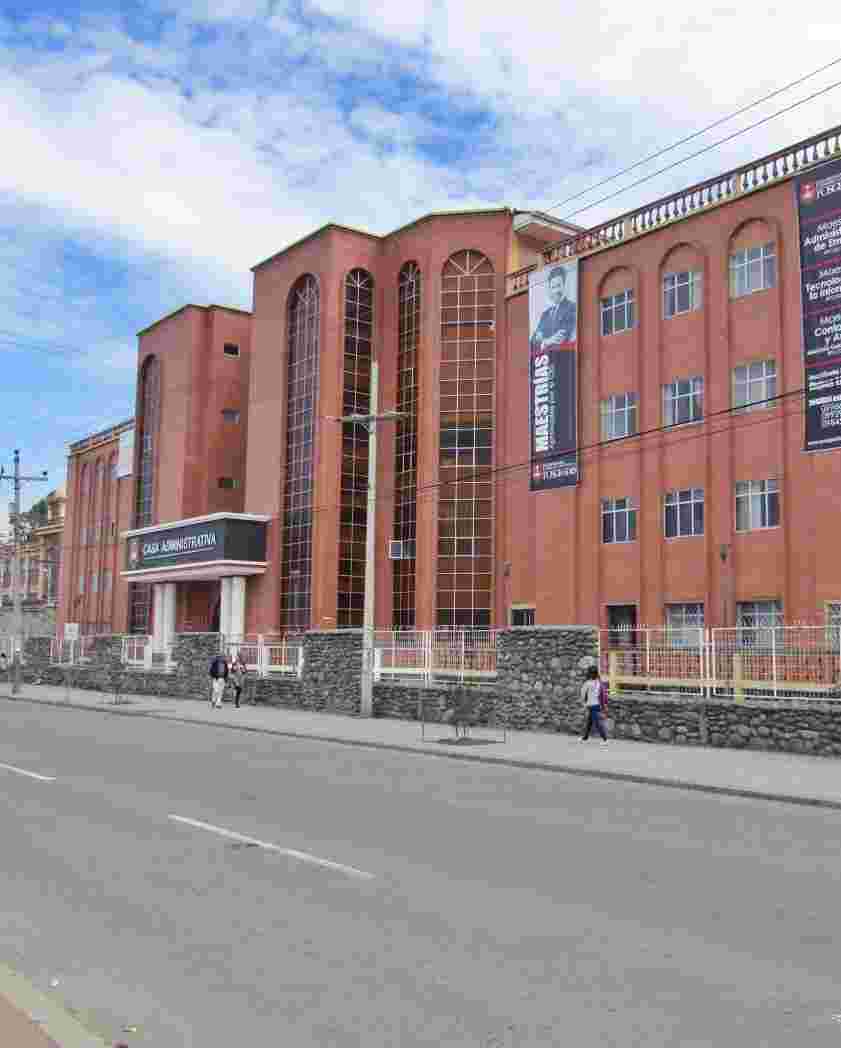Manejo del Síndrome de Susac
| dc.contributor.advisor | Arcos, Marisa | |
| dc.contributor.author | Pintado Chamba, Stephany Tamara | |
| dc.contributor.cedula | 0150689099 | |
| dc.coverage | Cuenca - Ecuador | |
| dc.date.accessioned | 2024-04-30T23:16:09Z | |
| dc.date.available | 2024-04-30T23:16:09Z | |
| dc.date.issued | 2023 | |
| dc.description | Introducción: El síndrome de Susac es una enfermedad con etiología microangiopática autoinmunitaria de los endotelios vasculares que provoca la oclusión de ramas arteriales. Debida a su alta complejidad diagnóstica no puede ser detectada en un principio debido a que la mayoría de pacientes no presentan en un determinado tiempo la tríada característica, inician su cuadro con manifestaciones neurológicas lo que implica diversos diagnósticos diferenciales. Objetivo: Describir el manejo correcto del Síndrome de Susac en base a los principales criterios diagnósticos y la eficacia del tratamiento farmacológico. Metodología: Se realizó un estudio de tipo revisión bibliográfica. Para la recolección de datos se emplearán las bases de datos científicas obtenidas a través de la web/internet, de diferentes buscadores, se establecen criterios de inclusión y exclusión con la finalidad de facilitar la búsqueda de documentos, la selección de estudios se realizará mediante las estrategias PICO para dar respuesta a la pregunta de investigación y se describirán los métodos utilizados para evaluar los estudios. Resultados: Esta enfermedad se caracteriza por la presencia de una triada patognomónica de encefalopatía, hipoacusia neurosensorial y oclusión arterial retinal, es necesario utilizar diferentes métodos diagnósticos: datos de laboratorio, estudios de imagen y audiometría. Se ha planteado regímenes de tratamiento, estableciendo a los corticoides e inmunomoduladores como primera línea de tratamiento. Conclusiones: Se considera a los exámenes audiométricos fundamentales para el diagnóstico ya que se puede evidenciar pérdida auditiva neurosensorial en frecuencias bajas y medias, es importante realizar intervenciones quirúrgicas con el propósito de evitar la progresión del síndrome. | |
| dc.description.abstract | Introduction: Susac syndrome is a disease with autoimmune microangiopathic etiology of vascular endothelia that causes occlusion of arterial branches. Due to its high diagnostic complexity, it cannot be detected at the beginning because most patients do not present the characteristic triad at a certain time, they start their picture with neurological manifestations which implies several differential diagnoses. Objective: To describe the correct management of Susac Syndrome based on the main diagnostic criteria and the efficacy of pharmacological treatment. Methodology: A literature review study was carried out. For data collection, scientific databases obtained through the web/internet from different search engines will be used, inclusion and exclusion criteria will be established in order to facilitate the search for documents, the selection of studies will be carried out using PICO strategies to answer the research question and the methods used to evaluate the studies will be described. Results: This disease is characterized by the presence of a pathognomonic triad of encephalopathy, sensorineural hearing loss and retinal arterial occlusion, it is necessary to use different diagnostic methods: laboratory data, imaging studies and audiometry. Treatment regimens have been proposed, establishing corticosteroids and immunomodulators as the first line of treatment. Conclusions: Audiometric examinations are considered fundamental for the diagnosis since sensorineural hearing loss can be evidenced in low and medium frequencies, it is important to perform surgical interventions with the purpose of avoiding the progression of the syndrome. | |
| dc.description.peer-review | REVISIÓN BIBLIOGRÁFICA | |
| dc.description.uri | Tesis | |
| dc.format | application/pdf | |
| dc.format.extent | 10 páginas | |
| dc.identifier.citation | Pintado Chamba ST, Arcos M, Becerra Garzón SN, Tirado Jiménez KY. Management of Susac Syndrome. Salud, Ciencia y Tecnología [Internet]. 2022 Dec. 30 [cited 2024 Apr. 8];2:175. Available from: https://revista.saludcyt.ar/ojs/index.php/sct/article/view/175 | |
| dc.identifier.doi | https://doi.org/10.56294/saludcyt2022175 | |
| dc.identifier.journal | SCT SALUD, CIENCIA Y TECNOLOGIA | |
| dc.identifier.other | 9BT2023-MTI378 | |
| dc.identifier.uri | https://dspace.ucacue.edu.ec/handle/ucacue/17415 | |
| dc.language.iso | spa | |
| dc.publisher | Universidad Católica de Cuenca. | es_ES |
| dc.rights | info:eu-repo/semantics/openAccess | es_ES |
| dc.rights | Atribución 4.0 Internacional | es_ES |
| dc.rights.uri | http://creativecommons.org/licenses/by/4.0/deed.es | es_ES |
| dc.source | Universidad Católica de Cuenca | es_ES |
| dc.source | Repositorio Institucional - UCACUE | es_ES |
| dc.subject | ENCEFALOPATÍA | |
| dc.subject | ENFERMEDAD AUTOINMUNE | |
| dc.subject | HIPOACUSIA NEUROSENSORIAL | |
| dc.subject | SÍNDROME DE SUSAC | |
| dc.title | Manejo del Síndrome de Susac | |
| dc.type | info:eu-repo/semantics/article | |
| thesis.degree.discipline | Medicina | |
| thesis.degree.grantor | Universidad Católica de Cuenca. Unidad Académica de Salud y Bienestar. Medicina | |
| thesis.degree.level | Título Profesional | |
| thesis.degree.name | Médico | |
| thesis.degree.program | Prescencial |
Archivos
Bloque original
1 - 1 de 1
Cargando...
- Nombre:
- articulo-9BT2023-MTI378-Pintado Chamba Stephany Tamara.pdf
- Tamaño:
- 241.52 KB
- Formato:
- Adobe Portable Document Format
Bloque de licencias
1 - 1 de 1
Cargando...
- Nombre:
- license.txt
- Tamaño:
- 1.27 KB
- Formato:
- Item-specific license agreed upon to submission
- Descripción:




